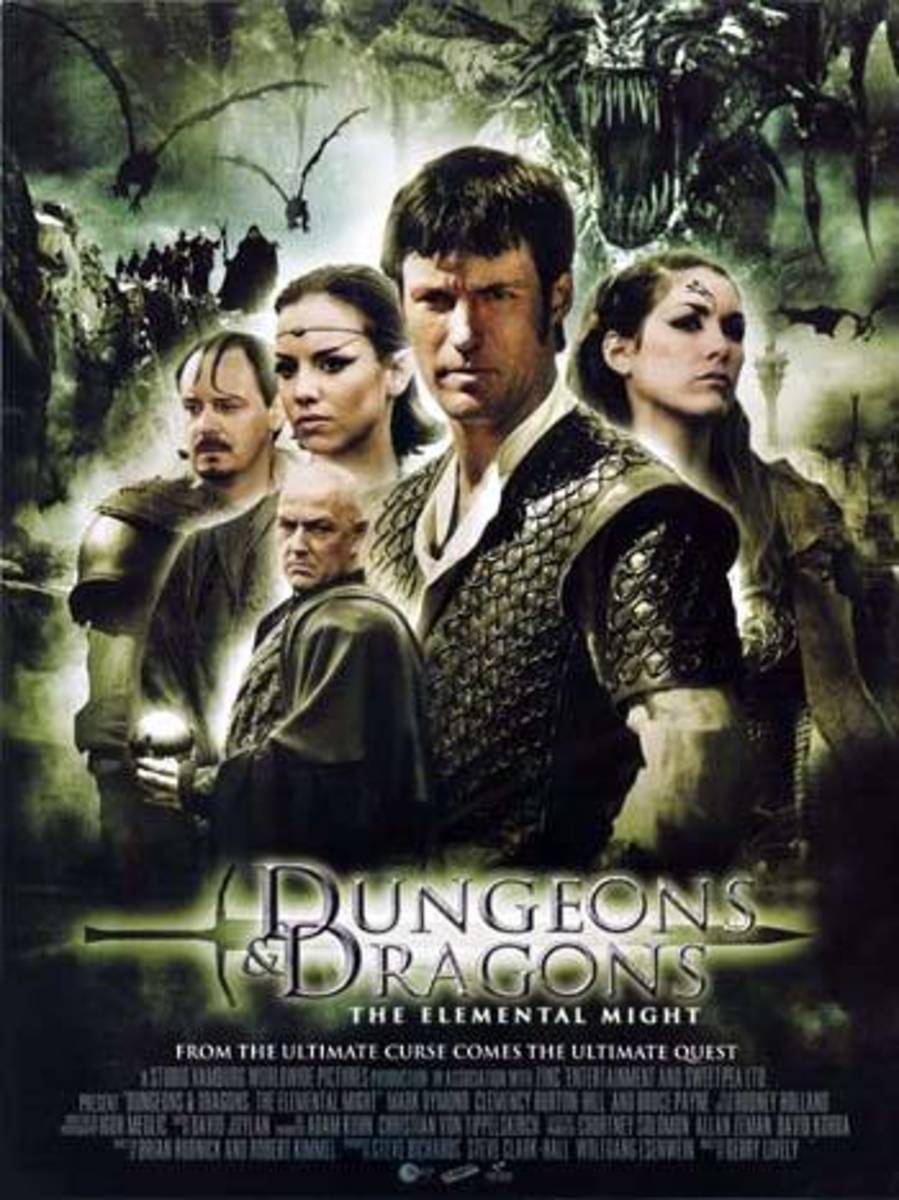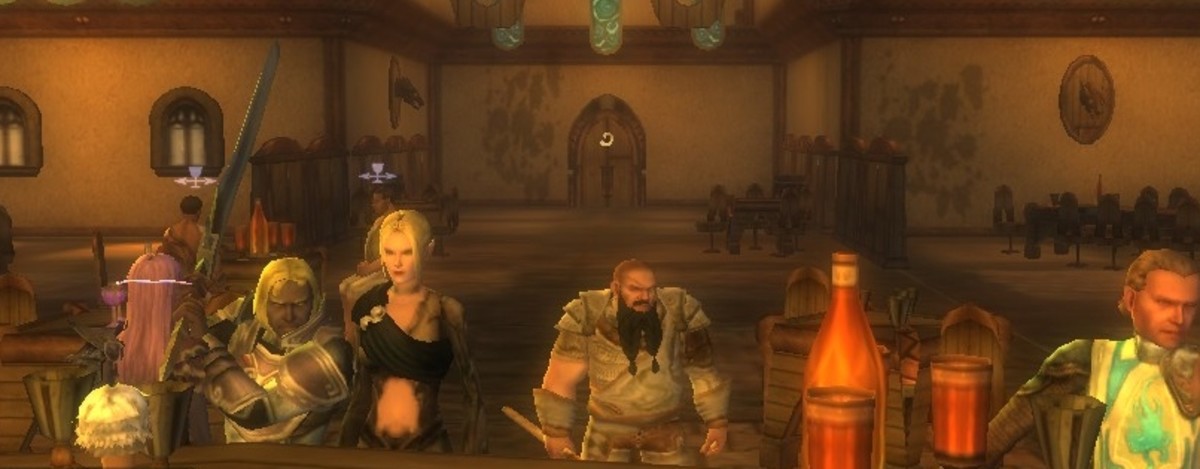Dungeons and Dragons Tabletop Role Playing
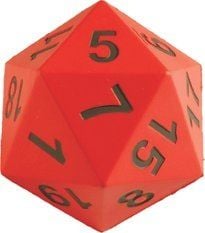
Welcome
Dungeons and Dragons is the standard for table top role playing games. In recent years games such as Pathfinder have taken the spotlight, but Dungeons and Dragons is still the game most identified with the hobby. Considered to be the first true tabletop role playing game Dungeons and Dragons took aspects from many different types of games and combined them together to create the genre we know as role playing today. While the Dungeons and Dragons line has expanded over the years the flagship product is still the current version of the original tabletop role playing game. The list below details the various versions of Dungeons and Dragons and the changes it has undergone over the years.
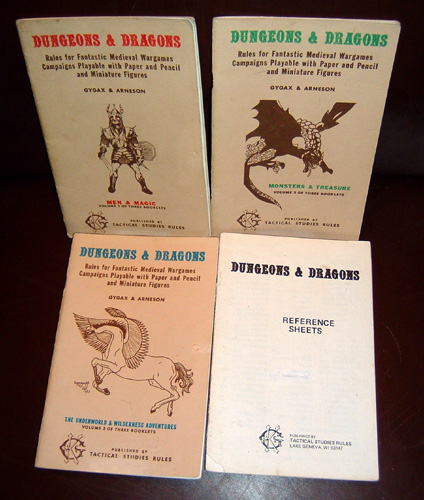
Original Dungeons and Dragons
The first version of Dungeons and Dragons was published as three small booklets in 1974. The first version of Dungeons and Dragons had poor print quality and was written under the assumption that the players already owned and understood the rules to the Chainmail war game. In fact the original version of Dungeons and Dragons used the combat rules found in Chainmail for conflict resolution. There was an optional combat system written for the game that would later go on to become the combat system used by later versions of the game. Many of the features found in the modern versions of Dungeons and Dragons are not found in this release of the game. Players have a very limited selection of classes as well as races and monsters are at a bare minimum. Despite this the first edition of Dungeons and Dragons sold rather well and was really popular in college universities. As sales continued to grow TSR began to release additional books and material for the game, as well as printing a magazine for the game. Original Dungeons and Dragons went through a couple of revisions before 1977 when TSR began to sell the Dungeons and Dragons Basic Set. This is what would go on to be known as the "Red Box" and would be what many new players would use as their introduction to the world of Dungeons and Dragons and role playing. A year after the introduction of the basic set TSR released Advanced Dungeons and Dragons. The Original Dungeons and Dragons rules where much lighter than those written for Advanced Dungeons and Dragons and while the two appeared to be the same game they where in fact very different. Dungeons and Dragons saw many revisions over the years but continued to remain a separate product than Advanced Dungeons and Dragons. Dungeons and dragons focused more on getting players into the game and less about rule structure. While many people played Dungeons and dragons and never made the move to Advanced Dungeons and Dragons most would eventually switch to the more complicated system after acquiring an understanding of the game. Dungeons and Dragons continued to be printed and revised alongside Advanced Dungeons and Dragons as a separate game until the year 2000. After buying the Dungeons and Dragons brand in 1997 Wizards of the Coast set out to rewrite the Dungeons and Dragons game from the ground up. This rewrite was known as 3rd edition and for the first time both the standard and advanced versions of the game where combined into one rule set.
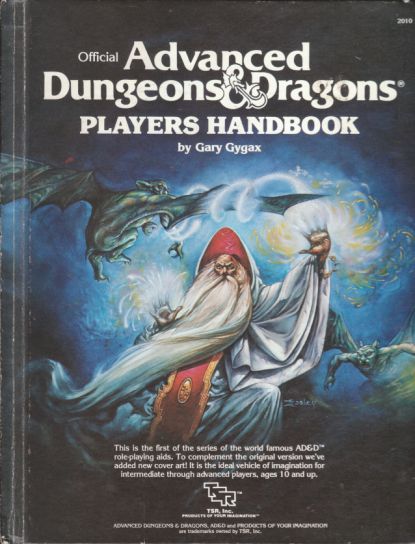
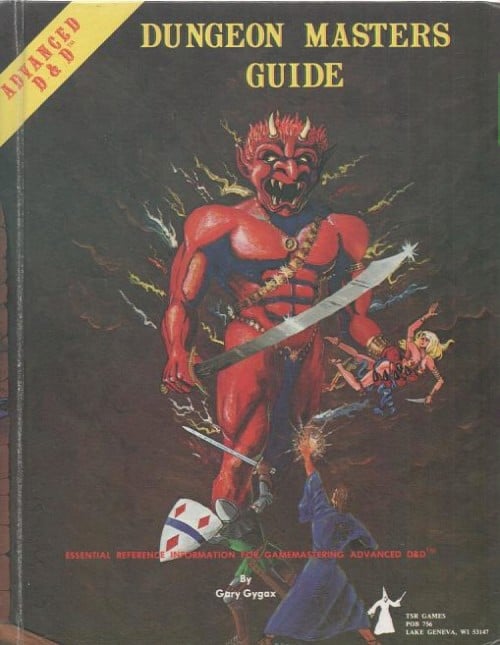
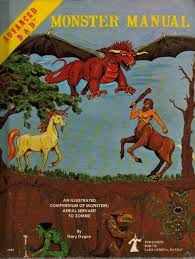
Advanced Dungeons and Dragons
Advanced Dungeons and Dragons was first published in 1978 with the goal of bringing together the many rules for Dungeons and Dragons that had been spread across different publications. While the Original Dungeons and Dragons left many rules open for question and interpretation, the goal of Advanced Dungeons and Dragons was to have rules for any situation that may occur during game play. Dungeons and Dragons and Advanced Dungeons and Dragons where designed to be two separate games and while the original advised players to move up to the advanced version of the game there was much inconsistency between the rules. Advanced Dungeons and Dragons (AD&D) was published as three separate books, the Players Handbook, The Dungeon Masters Guide, and The Monster Manual. These books where known as the core books and all three where needed in order to play AD&D. The game received a great deal of supplemental books that added to the rule set as well as giving players new locations to play in. It was not until 1989 that AD&D received a full revision of the rule set, this revision would be know as 2nd edition. Must like the original AD&D 2nd edition was written as three core books, however the Monster Manual was replaced by the Monstrous Compendium. The Monstrous Compendium was a three ring, loose leaf binder that allowed players to by monster sheets and add them to the book. While the rule changes themselves where rather minor in the overall scope of the rewrite two significant changes where made to the game. The first was the removal of certain controversial art work as well as references to demons and devils. The second was the move away from traditional sword and sorcery fantasy and into a move medieval Europe setting. This move allowed TSR to create blended fantasy worlds that included a Gothic horror setting and even a science fiction setting. For many players AD&D 2nd edition remains the definitive version of Dungeons and Dragons and is still widely played today.

Dungeons and Dragons 3rd Edition
In 2000 Wizards of the Coast released Dungeons and Dragons 3rd edition, a complete rewrite of the entire Dungeons and Dragons role playing system. This was again released as three separate core rule books. 3rd edition used a role playing mechanic developed alongside it called the D20 system, taking its name from the 20-sided die used to resolve actions in the game. The D20 system formed the backbone of the new 3rd edition of Dungeons and Dragons. The AD&D and Basic lines of the game folded into one game and everything was included with in the trappings of the D20 system. The goal of 3rd edition was to allow the players more flexibility and let players play the type of character they wanted to. new powers called feats where introduced that allowed for further customization of characters. The flexibility of the D20 system along with an open license for other publishers allowed the creation of many types of role playing games, all using some variation of the 3rd edition rules. Wizards of the Coast set to taking famous AD&D and D&D settings such as Ravenloft and rewriting them to work with the new rule system. Shortly after the release of 3rd edition Revised 3rd edition or 3.5 as it is known was released. 3.5 made hundreds of minor changes and expansions to the three core rule books and each was reprinted. The settings, supplements and adventures that had been released under 3rd edition where all compatible with the new rewrite. 3.5 remained the official version of Dungeons and Dragons until 2008 when the 4th edition of the game was released. Much like AD&D 3rd and 3.5 have a large following and are still played widely today.

Dungeons and Dragons 4th Edition
The 4th edition of Dungeons and Dragons was released in 2008. The goal of 4th edition was to streamline the game and make it quicker to play. This was at the request of the D&D community that felt that 3rd edition could be a bit long and had grown bloated due to numerous expansions and supplements that added to the rules. 4th edition not only stream line the game but also simplified it, changing or removing many of the rules found in 3rd and 3.5. The unique talents and abilities each class had where reworked into a "Powers" system. While this system did solve the problem of certain classes lacking options in combat it also forced each class into a very specific role. the new combat system also included rules for forcing movement of monsters as well as players. These forced movement rules along with other rule changes made 4th edition very hard to play without maps and miniatures. Many players felt that 4th edition restricted players to much and made the game feel more like a computer role playing game as opposed to a traditional rpg. While many older D&D players despise 4th edition the simplistic rules and similarity to video games has brought a whole new generation into the world of role playing.
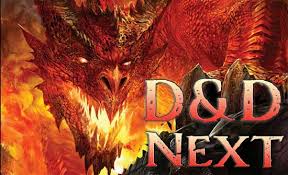
Dungeons and Dragons Next
In 2012 Wizards of the Coast announced they where working on a 5th edition of the game. this version is currently known as Dungeons and Dragons Next.Taking a nod from the video game industry Wizards of the Coast has released beta versions of the game for players to play test on their website. After creating an account and signing an agreement players are free to download and print the current play test packet. These packets include the current beta rules for the games as well as links to surveys that players are asked to fill out. These play test packets are constantly changing as Wizards of the Coast continues to update and modify the rules. The goal is to keep the Dungeons and Dragons community involved in the creation process of the next version of the game. If you have a Dungeons and Dragons group and are interested in play testing Next for Wizards of the Coast please follow the link below.
Dungeons and Dragons Next Play Test
- Dungeons & Dragons Roleplaying Game Official Home Page - Playtest
Dungeons & Dragons - Wizards of the Coast


